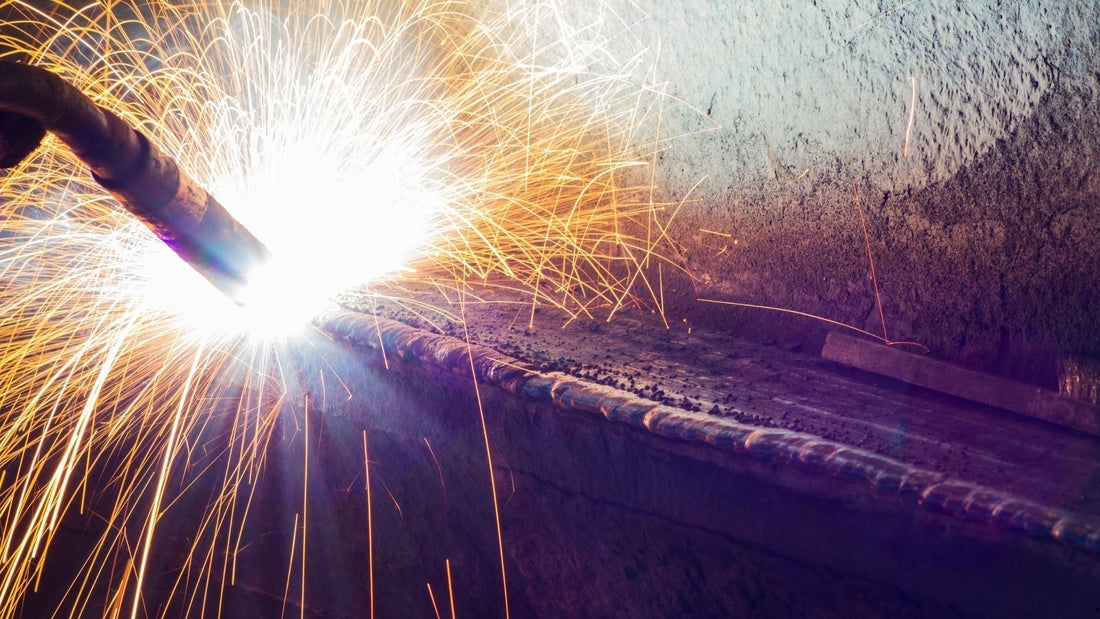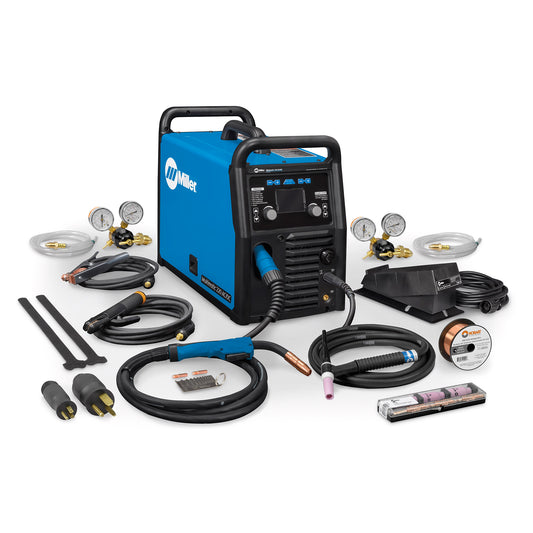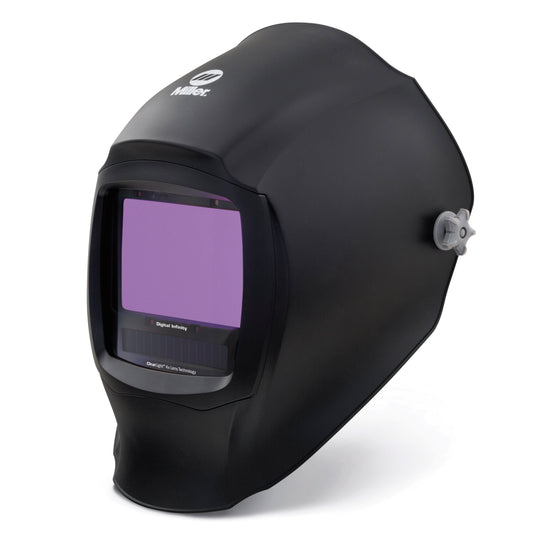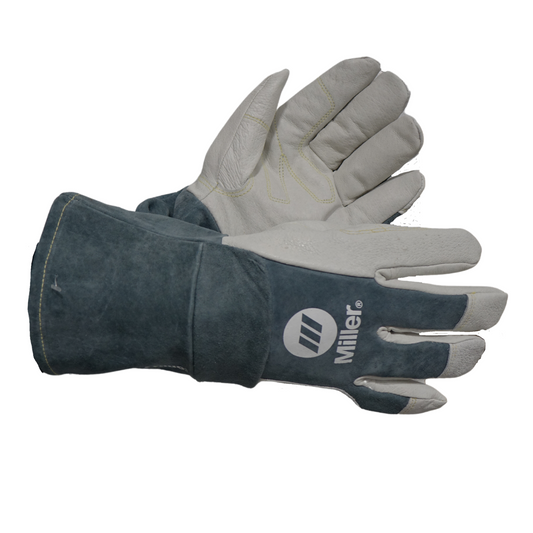There’s nothing more frustrating than laying down what seems like a solid weld—only to find cracks forming after it cools. Weld cracking isn’t just a cosmetic issue; it can compromise the structural integrity of your project and cost time and money in repairs or rework. Whether you’re a seasoned welder or just starting out, understanding the causes of cracking and how to prevent it can save you serious headaches down the line.

Types of Weld Cracks
Before we dive into causes and solutions, it's important to understand the different types of weld cracks:
- Hot Cracks: Form during solidification, while the weld is cooling from a molten state. Often caused by poor joint design or improper filler metal.
- Cold Cracks: Appear hours or even days after welding, typically due to hydrogen embrittlement, high residual stress, or base metal properties.
- Crater Cracks: Small cracks that form at the end of a weld bead, typically due to improper termination of the arc.
- Transverse or Longitudinal Cracks: These run across or along the weld and are often related to thermal expansion and contraction stress.
Top Reasons Your Welds Are Cracking (And What You Can Do About It)
Improper Joint Preparation
If your base metals aren’t clean, properly aligned, or prepped, you're setting yourself up for failure. Rust, oil, paint, or even mill scale can interfere with weld penetration and fusion.
Fix: Always clean your base metal thoroughly and ensure proper fit-up before striking an arc.
Wrong Filler Material
Using a filler metal that isn’t compatible with your base metal or application can lead to weak welds that crack under pressure or thermal stress.
Fix: Double-check your filler metal specifications against the base metal and job requirements. When in doubt, consult with a welding supplier like Baker’s for expert guidance.
Excessive Heat Input
Overheating can cause the weld to cool too quickly or lead to stress buildup, especially in sensitive materials like aluminum or high-carbon steel.
Fix: Control your amperage, travel speed, and technique to manage heat input effectively.
Lack of Preheat or Post-Heat Treatment
Some materials require preheating to reduce thermal shock or post-heating to relieve residual stress after welding.
Fix: Know your material! For thicker sections or high-carbon steels, use a proper preheat temperature and consider post-weld heat treatment if needed.
Hydrogen Contamination
Hydrogen can sneak into your weld from moisture on the base metal, flux, or electrode covering. It’s a major culprit in delayed cold cracking.
Fix: Store electrodes and filler metals in dry conditions, and preheat your workpiece to drive off moisture. Use low-hydrogen rods when applicable.
Improper Welding Technique
Welding too fast or too slow, poor bead placement, or stopping and starting incorrectly can all contribute to cracks.
Fix: Practice good technique and avoid craters by filling the weld pool properly at the end of each pass.
Weld cracking can seem like a mystery, but more often than not, it's the result of controllable factors. By paying close attention to prep, materials, heat control, and technique, you can drastically reduce the risk of cracks in your welds.
Still have questions? Whether you’re troubleshooting a cracked weld or gearing up for your next big project, the team at Baker’s Gas and Welding is here to help.
Call us at 877-930-5690 or
Email us at support@bakersgas.com for expert advice and all your welding supply needs.





